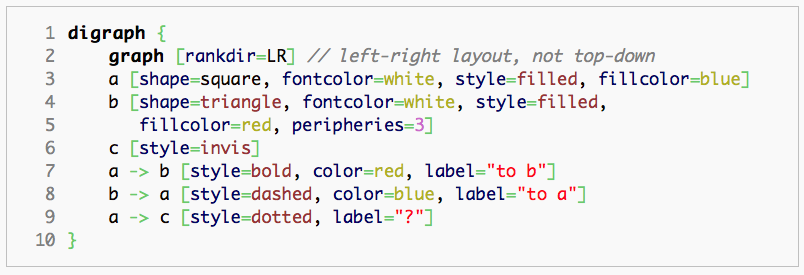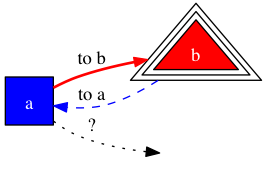TITLE: Concrete, Then Abstract
AUTHOR: Eugene Wallingford
DATE: August 04, 2015 1:00 PM
DESC:
-----
BODY:
One of the things that
ten years teaching the same topic
has taught Daniel Lemire is that students generally learn
more effectively when they learn practical skills first and
only then confront the underlying theory:
Though I am probably biased, I find that it is a lot harder
to take students from a theoretical understanding to a
practical one... than to take someone with practical skills
and teach him the theory. My instinct is that most people
can more easily acquire an in-depth practical knowledge
through practice (since the content is relevant) and they
then can build on this knowledge to acquire the theory.
He summarizes the lesson he learned as:
A good example, well understood, is worth a hundred theorems.
My years of teaching have taught me similar lessons. I
described a related idea in
Examples First, Names Last:
showing students examples of an idea before giving it a name.
Lemire's experience teaching XML and my experience teaching a
number of topics, including the object-oriented programming
example in that blog post, are specific examples of a pattern
I usually call Concrete, Then Abstract. I have found
this to be an effective strategy in my teaching and writing.
I may have picked up the name from Ralph Johnson at
ChiliPLoP 2003,
where we were part of a hot topic group sketching programming
patterns for beginning programmers. Ralph is a big proponent
of showing concrete examples before introducing abstract ideas.
You can see that in just about every pattern, paper, and book
he has written.
My favorite example of "Concrete, Then Abstract" this week is
in an old blog entry by Scott Vokes,
Making Diagrams with Graphviz.
I recently came back to an idea I've had on hold for a while:
using
Graphviz
to generate a diagram showing all of my department's courses
and prerequisites. Whenever I return to Graphviz after time
away, I bypass its documentation for a while and pull up
instead a cached link to Scott's short introduction. I
immediately scroll down to this sample program written in
Graphviz's language, DOT:
... and the corresponding diagram produced by Graphviz:
This example makes me happy, and productive quickly. It
demonstrates an assortment of the possibilities available in
DOT, including several specific attributes, and shows how
they are rendered by Graphviz. With this example as a
starting point, I can experiment with variations of my own.
If I ever want or need more, I dig deeper and review
the grammar of DOT
in more detail. By that time, I have a pretty good practical
understanding of how the language works, which makes
remembering how the grammar works easier.
Sometimes, the abstract idea to learn, or re-learn, is a
context-free grammar. Sometimes, it's a rule for solving a
class of problems or a design pattern. And sometimes, it's
a theorem or a theory. In all these cases, examples provide
hooks that help us learn an abstract idea that is initially
hard for us to hold in our heads.
-----


